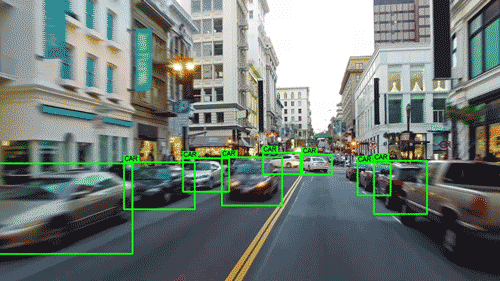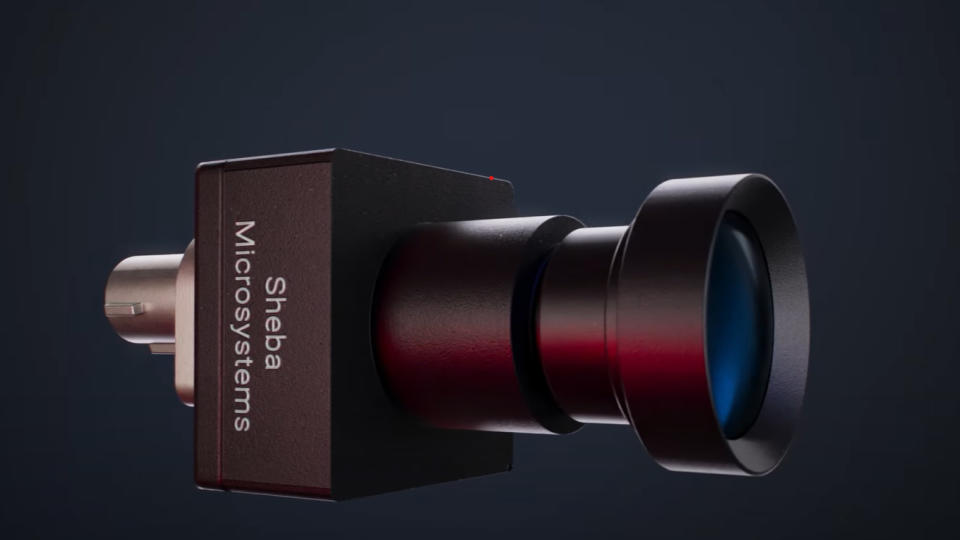Meet the world's FIRST autofocus automotive camera – autonomous cars might be closer than we think…

Canadian technology company Sheba Microsystems has apparently developed the world’s first autofocus automotive camera, the Sharp-7.
The company designs and manufactures Micro-Electro-Mechanical Systems (MEMS) sensors – miniature devices used to measure physical quantities such as pressure, temperature, acceleration and magnetic fields.
What is this, and why is it interesting, you ask? Well, from what I can gather, it surpasses all of the best dash cam technology, and it’s all to do with the future of autonomous vehicles.

Describing the technology as a “game changer” Sheba claims that, by harnessing the precision of MEMS actuators, it has created cameras that produce the highest image quality. As such they can identify vehicles, number plates, individuals and surroundings clearly, and they also also vibration and weatherproof.
“This innovation means a new era of enhanced safety on our highways – and especially as autonomous vehicles are increasingly close to being an integral part of every community,” says the company.
Despite numerous setbacks, it’s predicted that autonomous vehicles will become a part of society within the next ten years.
Automotive cameras often face challenges in maintaining image quality and focus stability during fluctuating temperatures as the optics, and other camera parts, experience thermal expansion. Opting for higher resolution sensors accentuates this problem due to the sensors’ smaller pixel size, which can lead to blurring and distortion of the imaging.
ABOVE: Watch the Sharp-7 release video
The 8MP automotive grade sensor within the Sharp-7 claims to produce unprecedented consistent, high-quality imaging across extreme terrains, able to withstand temperatures between -40 and 302°F / -40 to 150°C.
The sensor’s weight only accounts for two to three percent of the optical lens weight, enabling ultra-fast and precision autofocus, and ultra-precise object detection, allowing for differentiation between pedestrians, animals and road signs, as well as digital zooming.
In theory this means whether you’re driving through a Canadian winter white-out, or the sandy streets of Riyadh, the technology within this camera will still pinpoint all obstacles with crystal clear accuracy, and hopefully avoid them.
By creating the highest resolution imaging in a car camera ever, Sheba claims to have ensured that advanced driver-assistance systems “operate with unparalleled reliability,” ensuring “safer roads, reduces costs, and enhances the driving experience.”
Check out our guides to the best dash cams on the market, as well as the best front and rear dash cams.

